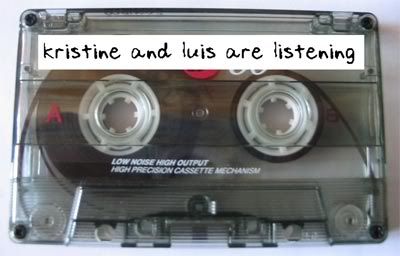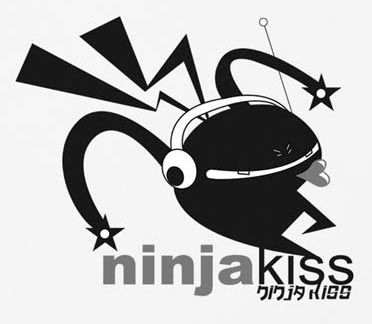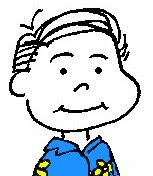
Sometimes I miss mixtapes. I had a brief but prolific career making mixtapes in college (if you can call anything that doesn't actually make you any money a "career"), sometimes on request and sometimes out of the sheer need to impose my listening habits on unwary friends, and I enjoyed piecing together appropriate playlists and making little cassette covers (yay for Microsoft Publisher, the limited but idiot-proof layout program). Perversely, I think I even enjoyed calculating how much time was left on my 60 or 90 minute tape, and trying to fit stuff in right to the very end. (As a rule of thumb, one side of a 60 minute tape can accomodate 8 pop songs, and 12 can fit on one side of a 90-minuter).
All these tapes, whether compilations of avant-punk or classic rock standards, have a common purpose: to communicate an emotion or idea -- to a new friend, a potential lover, or even to oneself. The mix tape, Moore says, is "sort of a safe-sex thing: It's sharing music instead of sharing germs." The romance comes not only from the emotion expressed by a series of songs, but also from the sheer effort that it takes to plan and execute a mix. "The time spent implies an emotional connection with the recipient," writes Dean Wareham of Luna. "It might be a desire to go to bed, or to share ideas. The message of the tape might be: I love you. I think about you all the time. Listen to how I feel about you. Or, maybe: I love me. I am a tasteful person who listens to tasty things. This tape tells you all about me."
I remember doing an 'upbeat' mix for Kidlat (Cardigans, Toasters, etc), a Cocteau Twins primer for Camille, a hodgepodge of a tape for Indira (Ruby, XTC, etc), a Cure + Smiths combo for Lala, Massive Attack for Waya, and "songs to listen to while riding the MRT," for JB (mostly electronicky stuff -- FSOL, BT). Of course, I still make mixes for friends to this very day -- but on CD, not cassette. Anyway, the quote above is from this article in Salon, on Mix Tape: The Art of Cassette Culture, edited by Sonic Youth frontman Thurston Moore. (And by the way, I wanted to use that cassette-as-book-cover idea for my second collection of short stories -- dammit! That'll teach me to drag my feet). Here's Moore on CDs versus cassetes:
"Maybe it doesn't take the same amount of physical effort," he says, "but that's not the point. I think it takes the same amount of psychological effort, or romantic effort." Indeed, the true challenge of the mix tape -- selecting the right music and arranging it in a thoughtful manner -- is at least as tricky and probably even more difficult with a laptop and CD burner as it was with a boom box. In both cases, the mix is governed by the same compositional considerations: You need a narrative structure, an internal logic, a strong opening, an appropriate and preferably surprising ending.
Other music stuff: thanks to Fran for the link to Nerve's Music Issue! Some of the features are for Nerve Premium subscribers only, but anyone can read 29 Thoughts on the iPod, Great Sex Records You've Never Heard, and Sex Advice from Music Critics. Heh heh.

And finally, NINJA KISS 5: Ninja Ka Na Naman! is tonight: June 4, Saturday, at Saguijo Bar -- 10 PM, P100 entrance fee (with 1 free beer). Featuring IMAGO, MAKOPA, BAGETSAFONIK and the MILAGROS DANCEHALL COLLECTIVE! Yey!




No comments:
Post a Comment